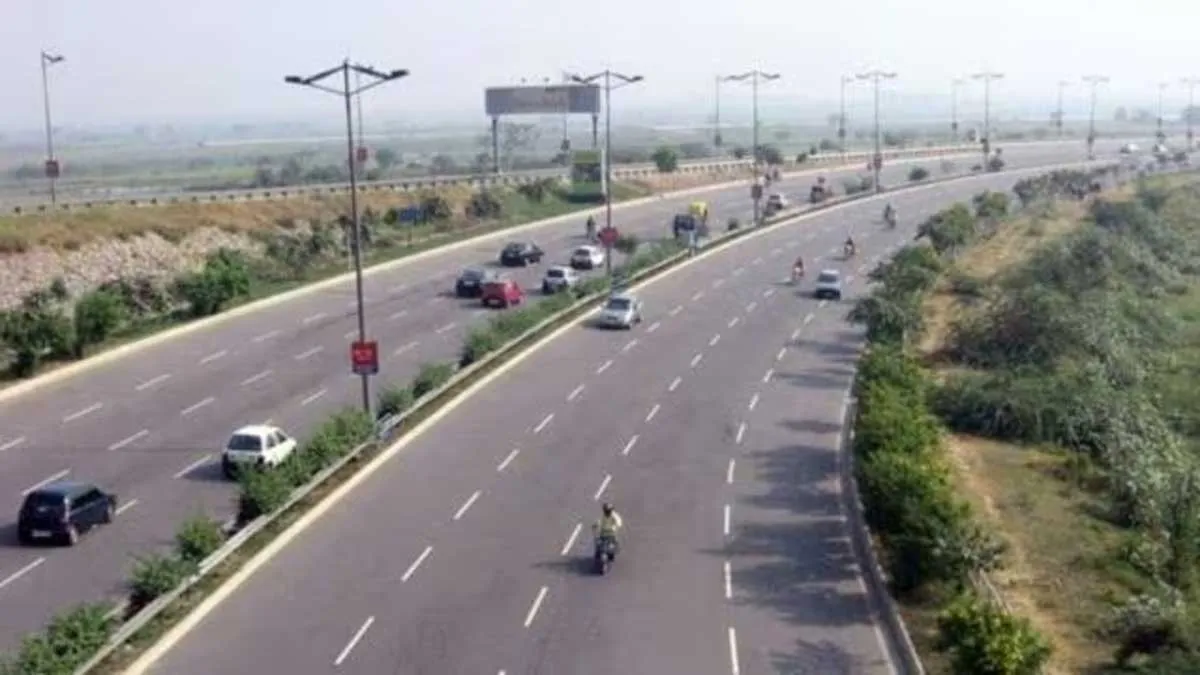The Union Cabinet on Wednesday approved the four-laning of the 84.2-km Mokama-Munger section of the Buxar-Bhagalpur high-speed corridor, a key industrial region in poll-bound Bihar. The Cabinet also sanctioned the doubling of the 177-km Bhagalpur-Dumka-Rampurhat railway line, which passes through Bihar, Jharkhand, and West Bengal, at a cost of Rs 31.7 billion.
The Rs 44.5 billion highway project will be constructed under the hybrid annuity model, a variant of public-private partnership. The Mokama-Munger stretch was the only remaining two-lane section of the 363-km Buxar-Bhagalpur corridor. Four-laning is already underway on the 51-km Munger-Bhagalpur and 10-km Koilwar-Kanhauli sections. The Buxar-Koilwar, Kachhidargah-Bakhtiyarpur, and Bakhtiyarpur-Mokama stretches are now four-lane corridors.
The 39-km Kanhauli-Ramnagar section is a six-lane highway, with expansion awarded for the 14.5-km Ramnagar-Kachhidargah section. The Mokama-Munger stretch will feature closed tolling, where plazas at all entry and exit points require tickets for distance travelled. This system is expected to raise average speeds to 80 kmph, reducing travel time to approximately 1.5 hours.
The Munger-Jamalpur-Bhagalpur industrial belt includes an ordnance factory, a locomotive workshop in Jamalpur, and food processing units in Munger, which are expected to drive freight movement and traffic along the corridor.
Regarding the rail line doubling, officials said the existing line is saturated and the project will enhance passenger and freight capacity. The line will support additional freight traffic of fertilisers, coal, cement, and stones, increasing movement by 15 million tonnes per annum. It will also improve connectivity to destinations such as Deoghar (Baba Baidyanath Dham) and Tarapith (Shakti Peeth).
The project spans five districts — Bhagalpur and Banka in Bihar, Godda and Dumka in Jharkhand, and Birbhum in West Bengal. Banka, Godda, and Dumka are classified as “aspirational districts,” among India’s most underdeveloped regions.


